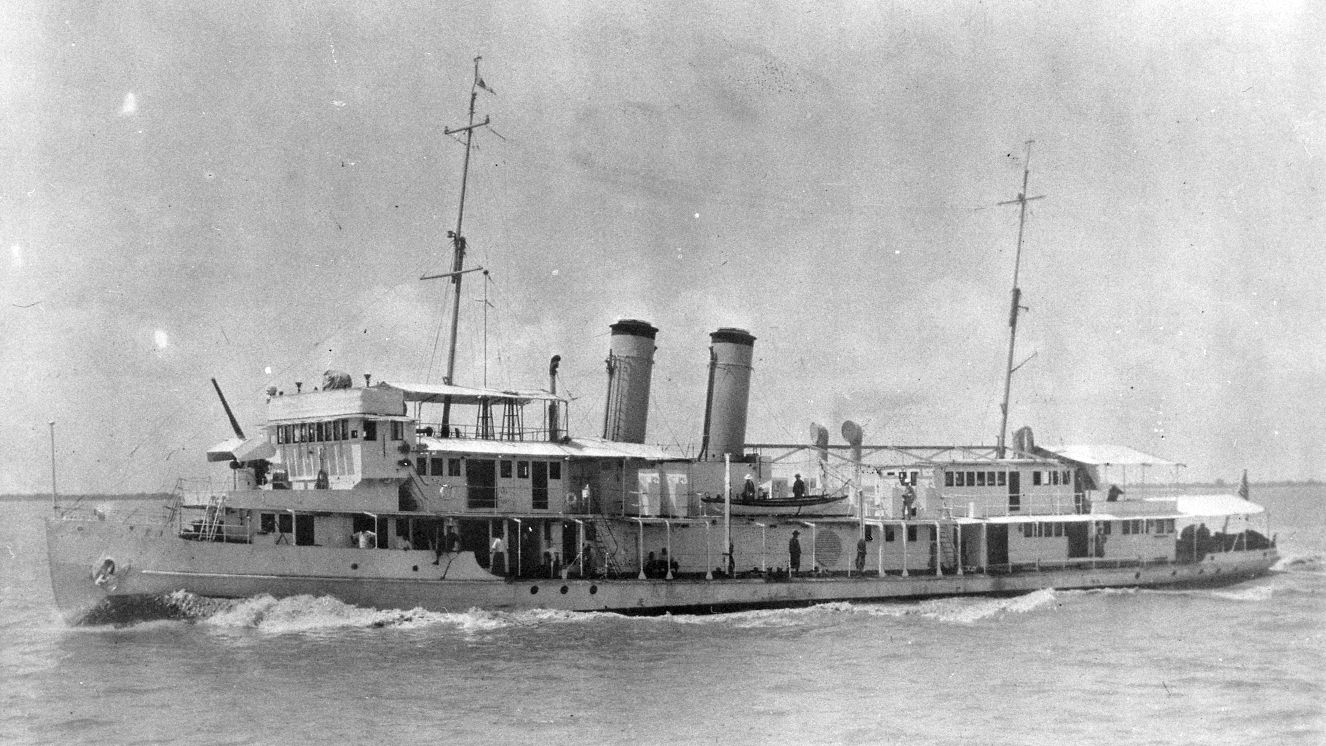INSTITUTIONS LIKE BILTMORE WORKED HARD TO SAVE ART DURING WORLD WAR II

In the grand scheme of things, art during World War II isn’t at the forefront of the minds of historians all the time. It was a terrible tragedy, to put things lightly, that cost millions upon millions of lives, yet, the Allies were able to conquer the Nazi regime and, thankfully, help preserve art in the process. This is much more than simply saving valuable or pretty pictures. Saving art during World War 2 helped save cultural significance and history and was an act of defiance against a regime set on breaking the spirits of those it deemed inferior. Although the focus of saving art falls on Europe, the United States had an important role in ensuring these works were saved. Read next:Meet Axis Sally: The American Traitor and Nazi Propagandist
How Much Art Did the Nazis Destroy?
Art during World War II was a point of focus for Nazi Germany. When it comes to Nazi-looted art, we may never fully know how much was lost at the hands of the regime, but we do know that at least 16,000 pieces were estimated to have been removed from German museums throughout the process. This came as the SS worked to eliminate, a.k.a. censor, art that it deemed as degenerate. In the process, other sources of artwork were destroyed either from direct looting and destruction or the general destruction that comes from war. It should go without saying that artwork during WW2 created by Jewish people and other minorities was seen as inferior and a threat. Such works were sought out and either stolen for higher-ranking officials or outright destroyed. Other works were simply destroyed because they were in the path of a desperate Nazi regime fighting on too many fronts. While art was destroyed throughout WWII, the end is when things got particularly dicey. The widespread chaos only inspired even more harm to the art world.
Was Art Sent to America During World War II?
Yes, art was not only sent to America, but also the United States went to seek it out to help preserve its legacy. This was a part of an international cry to help find, recover, and protect such works. Some of this involved housing art for safekeeping, and other efforts meant heading to war-torn Europe in order to find and keep these pieces safe.
The American Effort To Preserve Artwork During WW2
Art destroyed by Nazis was a continuing problem before and during World War II. The race against the regime would come to light throughout the conflict as the United States was called upon not only to help liberate Europe but also to preserve its art and culture. Here are some of the most prominent efforts America played a part in:
The Monuments Men
A group of curators, historians, and cultural experts were recruited by the U.S. government to help find, protect, and preserve various pieces of art and artifacts that have cultural significance. Officially known as the Monuments, Fine Arts, and Archives (MFAA) program, the Army established the group in 1943. These efforts went further than simply locating stolen art, however, and included protecting buildings, monuments, and other landmarks that were at risk of being destroyed from bombardment. Multiple countries came together to form this unit, and its story was popularized by the 2014 film of the same name starring George Clooney.
The Roberts Commission
Formally known as The American Commission for the Protection and Salvage of Artistic and Historic Monuments in War Areas, this group predates the creation of The Monuments Men and had a very similar objective for the protection of cultural sites and monuments throughout Europe.
Museums and Individuals
Art during WWII was under siege in Europe, but that didn’t mean there weren’t concerns stateside. Both the Metropolitan Museum of Art and the Frick Collection took measures to protect their art collections. This includes the Met shipping many of its most important works to North Carolina, and the Frick Collection sending a sizable portion of its collection to the Pennsylvania Academy of the Fine Arts in Philadelphia. There were other efforts throughout the U.S. from private collectors and museums working to help prevent damage to the artwork. Some, such as Rose Valland, were even able to help track the movement of stolen art, whereas others, such as James Rorimer, helped recover the art.
The Biltmore
The Biltmore art vault during World War II played a great role in safekeeping important works during the war. A man by the name of David E. Finley approached the timeless estate with the tall task of safeguarding art he felt could otherwise be at risk. The illustrious estate was already known to be adorned with beautiful art, yet the spacious home still had room for more. Specifically, within an unused room about 1,500 square feet in size. Today, around 1.4 million visitors go to the Biltmore Estate per year, but at the beginning of this endeavor, the only real visitors were those from the National Gallery looking to ensure that the collection was still in good order. The Biltmore Estate hid precious art during World War II, and eventually, visitors would come along, none-the-wiser that priceless pieces of culture were just on the other side of the wall being guarded and preserved. When you consider the widespread nature of the war, this is only part of the story. Who knows what was actually lost in Africa and Asia during this time period, as well? Sadly, though we may not know exact numbers, it's clear that too much was lost during these unfortunate times, but thanks to brave people stepping up against the face of evil, lives and cultures were saved and preserved. Saving artwork during WWII continues to be a bright spot in a dark period of humanity. Suggested read:The Truth Finally Revealed: Who Killed Hitler?
Image: Brian - stock.adobe.com
BY BUDDY BLOUIN
Buddy Blouin is a Contributing Writer at VeteranLife.com
Buddy Blouin is a Contributing Writer at VeteranLife.com



